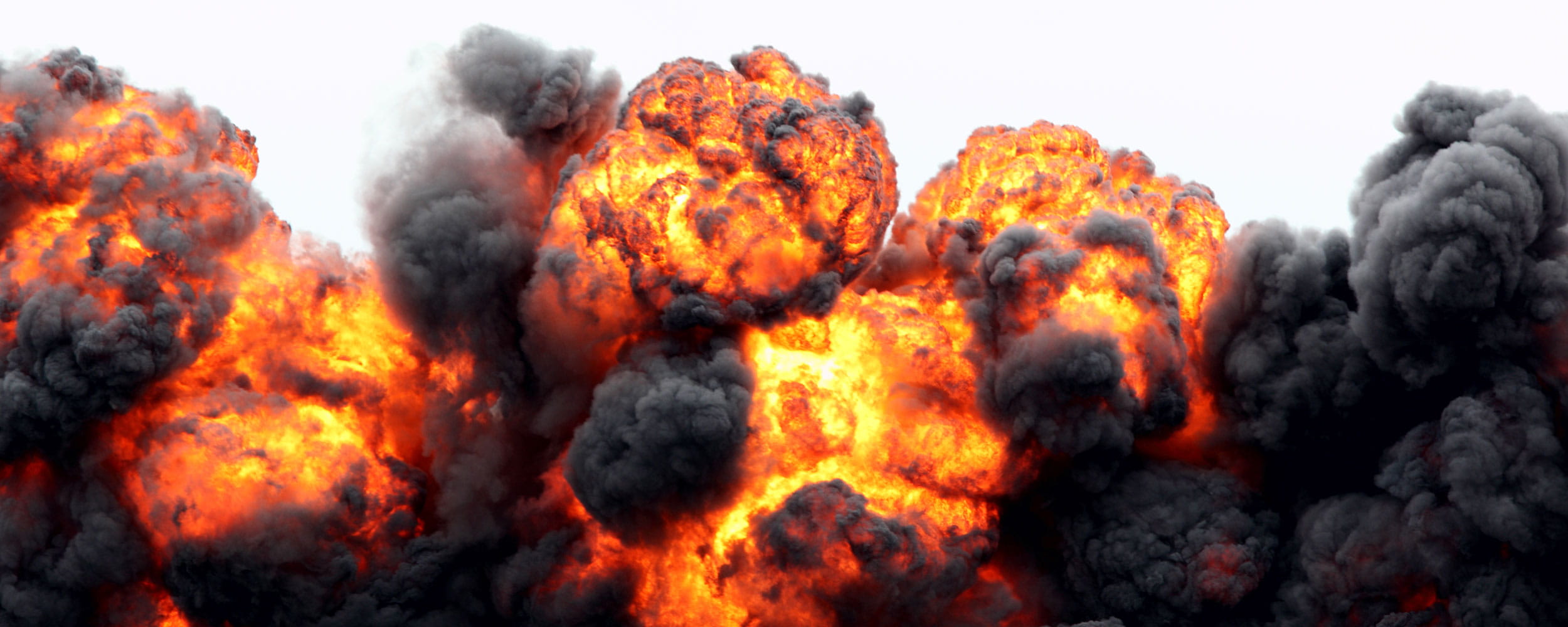Throughout history nature has tested human’s will of survival through many natural disasters that have shocked cities and countries with their waves of destruction, claiming thousands of lives. However since the industrial revolution there have been a number of disastrous incidents occur as our best safety measures fail because of negligence or technical default.
Low probability but high consequence events, such as an explosion at a refinery or terrorist attack, can have substantial adverse effect to an organisation; facilities can be shut down for weeks or even months, and both the loss of production and reputational damage caused can result in billions of dollars lost. What’s more, the devastating effects these events have on people’s lives and the environment cannot be underestimated.
To secure the safety of an organisation’s most valuable asset – its people – the nature and effect of a blast event must be fully understood before it occurs in order to minimise its effect. The better our understanding of how a blast event progresses and impacts facilities, the better we can design safety into the system to prevent casualties in these scenarios.
The Advisian Click-on Blast Tool™ was developed to do just that. It quickly and easily quantifies blast pressures applied to structures and accounts for their vulnerabilities. The tool allows you to click-and-drag facilities or process units into new locational positions, and then rapidly reassesses the effects various blast scenarios would have. Through this, the tool helps you design or modify a facility or building to be safer and reduce risk to people’s lives.
The Click-on Blast Tool™ has been used to assess the impact of ground-based blasts on a number of government buildings around the world. Each analysis created simulations where the buildings were subjected to Vehicle-Borne Improvised Explosive Device (VBIED) blasts of various charge weights at different locations. The building’s structural vulnerabilities to these threats were identified and subsequently addressed to limit the danger to people’s lives.


